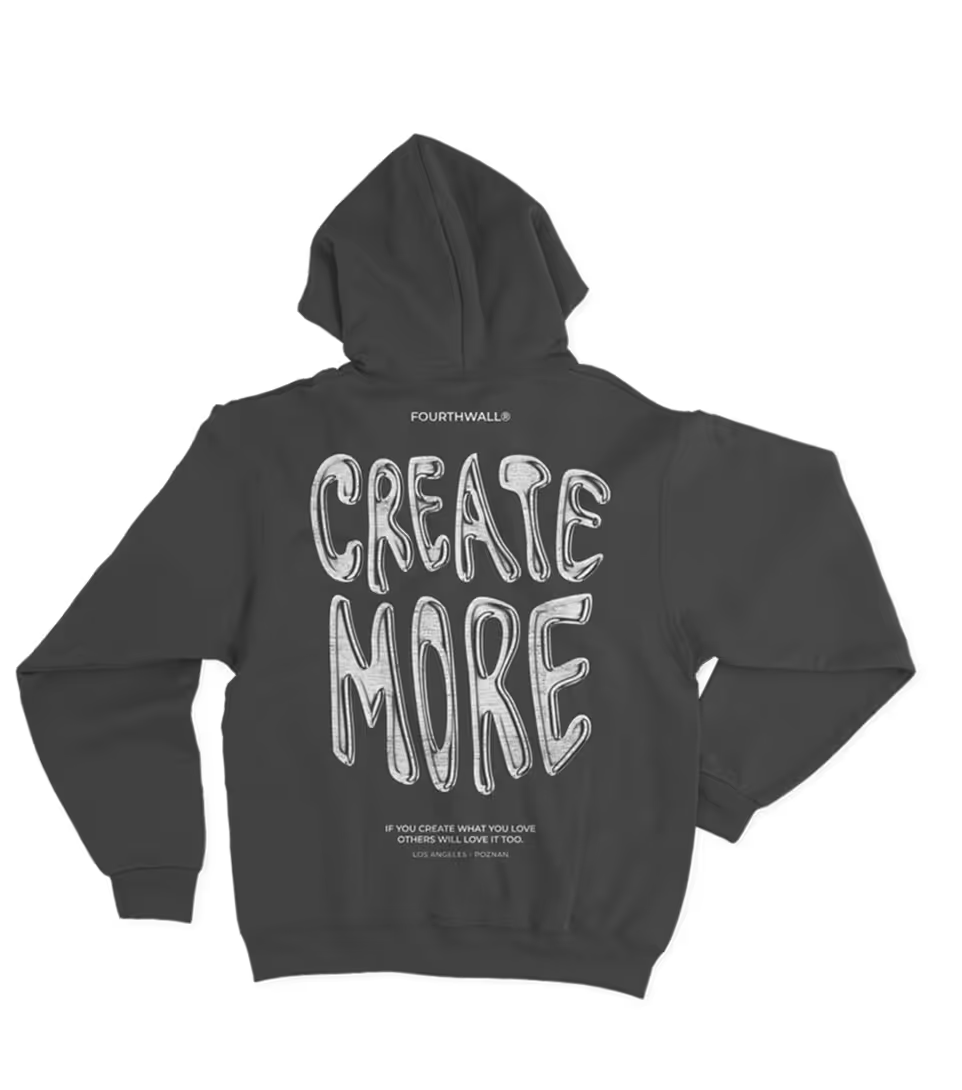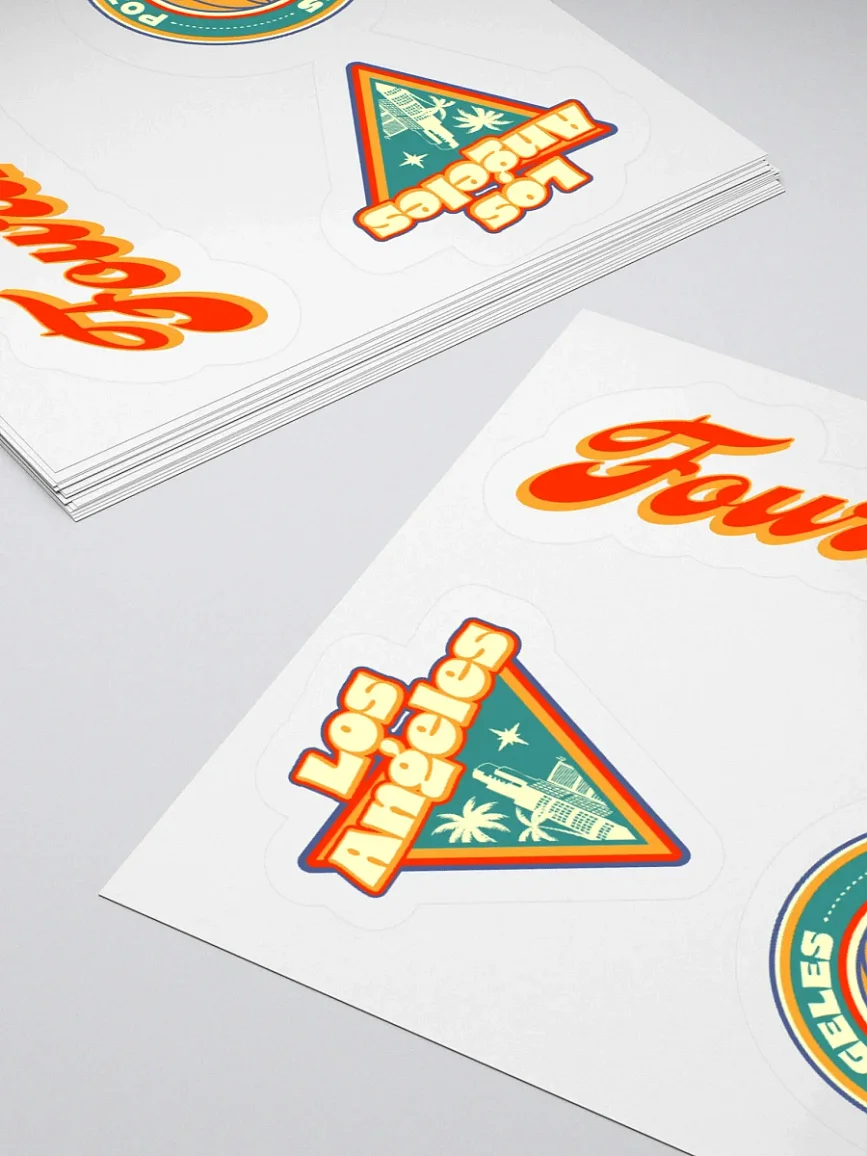How to Price Your Products

In today's challenging economy, customers are increasingly price-sensitive and keen to ensure that they get the best value for their investment. As a content creator, it can be challenging to construct your pricing strategy, finding the balance between profit margins and cost-effectiveness. We've broken down this process into easy to follow steps, complete with considerations to keep in mind when pricing your products, including your business budget.
What is Product Pricing?
Product pricing, simply put, is the process of setting a selling price for your products. It is an essential aspect of running a profitable business, and can significantly impact your sales volume, profit margins, and revenue. Effective product pricing strategy requires understanding the variable costs associated with creating and distributing your product and considering your competitors' pricing strategies.
6 Pricing Models
Content creators can use a range of pricing models, depending on their objectives and target market. Some common pricing models include:
- Freemium Model: This model involves offering a basic or free version of your product while charging for premium features. For example, a content creator might offer free access to their blog with an additional option to purchase premium content or services.
- Pay-What-You-Want (PWYW) Model: With this pricing model, you let customers decide how much they want to pay for your product. This model is often used for charitable donations, but it can also be effective for content creators seeking to build trust and loyalty with their audience. Media outlets like Wikipedia use PWYW, relying on Wiki readers for funding; some people will take advantage and pay nothing, but others might pay more than you would’ve valued your product yourself.
- Tiered Pricing Model: This model provides various pricing levels for different tiers of your product offering. For example, a content creator selling instructional videos might offer different depths of instruction for different tiers of pricing: a free “mini course” version for $0, standard version (the basic course) for $10, and professional version with bonus content for $25.
- Subscription Model: This model involves offering your product as a subscription at a recurring fee. This model is often used for digital content, such as streaming services (Netflix, Paramount Plus), audiobooks/digital books (like Amazon’s Kindle Unlimited), and ongoing educational platforms like Skillshare.
- Fixed Pricing Model: Fixed pricing is setting a price for an entire project or contract. For example, a photographer might quote one overall price, say $1250.00, for a promotional two-hour photo shoot package, regardless of whether or not the time, distance, or participants change; this price is not subject to bargaining.
- Dynamic Pricing Model: This pricing model adjusts prices in real-time based on supply and demand, customer behavior, and other factors. One example would be Uber; its dynamic pricing algorithm adjusts ride fares based on time and distance of route, traffic peak hours, and rider demand.
6 Pricing Strategies
There are many pricing strategies that content creators can use to set the right price for their products. Some examples of pricing strategies include:
- Cost-Plus Pricing: With this pricing strategy, you add a markup to your product's cost to determine the selling price. Generally, it's a fixed percentage that's added on top of the cost it takes to produce one unit of an item or product - for example, if your total costs are $100 and you want a 25% profit margin, you’ll add $25 for a total selling price of $125. This pricing strategy is effective for content creators with a stable and predictable cost structure.
- Penetration Pricing: The penetration pricing strategy involves selling your high-quality product at a lower price than your competitors to gain market share for a limited time. The goal is to attract new customers at first, and hopefully keep them when the price increases - for instance, an online magazine might offer a six month subscription for $1 before the subscription rate goes up to full price. Be careful with this pricing strategy, though, as customers may not stick around once prices go up, or they may expect very low cost prices all the time.
- Premium or “Prestige” Pricing: Premium pricing strategies involve setting a higher price (longer-term) for your product to create the perception of quality or exclusivity, and keeping the price up at that higher rate. This pricing strategy is effective for content creators with a strong brand reputation and high-quality products. For instance, a Toyota will get the driver from place to place; but the much higher-priced BMW will get the driver from place to place with added prestige. Drastically lowering the cost of a BMW would also lower its value in the eyes of the consumer.
- Skim Pricing: Price skimming is basically the opposite of penetration pricing. With skim pricing, you sell your product at a high price initially, then gradually lower the price slowly over time as competitors enter your niche or market. Price skimming can be effective for content creators with a new product launch or innovative offering. This pricing strategy can also attract early adopters who value having the Next Big New Thing, and you’ll often see it used with such items as new model mobile phones and videogame consoles, where the initial price is quite high, but drops over time or as major gift-giving holidays approach.
- Psychological Pricing: This pricing strategy involves setting prices that appeal to customers' emotions or psychological biases. For example, setting the price at $9.99 instead of $10.00 visually looks like it's less expensive, and can create the perception of a better deal for customers even though there's only one cent difference.
- Value-Based Pricing: With value-based pricing, you set your product's price based on the current value it delivers to your customers. This pricing strategy is effective for content creators with a unique and highly valuable product offering; it’s also used when scarcity is a factor - such as when you’ll pay $8 for a bottle of water at a concert when the same bottle of water would be $2 outside of the concert.
How to Price Your Product in 8 Steps
Setting a price for your product can be a daunting task, but it doesn't have to be. Here are 8 steps to help you execute your product pricing strategy effectively:
1. Identify the cost of creating your product
Calculate all the costs involved in creating and distributing your product. This includes both direct costs, such as raw materials and labor, and indirect costs, such as marketing and overhead.
2. Determine your ‘cost of goods sold’ (COGS)
This is the cost of producing your product, including raw materials, labor, and overhead. Knowing your COGS is essential for calculating your profit margins.
3. Consider your profit margin
Your profit margin is the difference between your selling price and your COGS. Consider a target profit margin that aligns with your business goals and market competition.
4. Calculate the price of your product
Use formulas such as product selling price formula or the average selling price formula to determine your product's price. For example, some relevant formulas are:
Product selling price formula: The product selling price formula is a commonly used formula. It takes the product's total cost and adds in the desired profit margin to determine the final selling price. This formula is easy to use and helps ensure that you are accurately pricing your product.
Product Selling Price = Total Cost / (1 - Markup Percentage.) For example, if the total cost of a product is $100, and you want a 50% profit margin, the selling price would be $200.
Average selling price: The average selling price takes the total revenue from sales and divides it by the number of units sold. This formula is useful for determining the average price customers are willing to pay and tracking the performance of your pricing strategy over time.
Average Selling Price = Total Revenue / Number of Units Sold. For example, if you sell 100 units of a product and generate $10,000 in revenue, the average selling price would be $100.
Contribution Margin: The contribution margin formula takes the difference between the selling price and variable costs to determine the amount of money each unit of the product contributes to covering fixed costs and generating profit.
Contribution Margin = Selling Price - Variable Costs. This formula helps content creators understand how much each sale contributes to covering overheads, driving profits, and identifying improvement.
Break-even point: The break-even point formula helps content creators determine the point at which their total revenue equals total costs, and they are neither making nor losing money.
Break-Even Point = Fixed Costs / (Selling Price - Variable Costs)
5. Review and adjust your price
Once you have calculated your product's price, review it to ensure it aligns with your business objectives, target market, desired profit margins, and competitors' prices. Adjust your pricing strategy accordingly based on market feedback and customer demand.
6. Test and refine your pricing strategy
Experiment with different pricing strategies and measure their impact on your business and its profit margins. Refine your own pricing strategy accordingly based on your findings.
7. Analyze your target audience
When determining your pricing strategy and setting your product prices, data is your friend. Get as much data as you can to understand your target audience's preferences and affordability levels. Keep preferences like age, geographic location, and income levels in mind.
8. Conduct market research
Conduct a thorough study of the market for your product to ensure you understand your competitors. Find out what they offer, the demand for their products, and the pricing strategies they use.
Key Considerations When Pricing Your Products
When pricing your products, there are several key considerations that content creators should keep in mind:
Understand your customers' needs and preferences: Your customer base is the lifeblood of your business, and understanding what matters to them should be central to all aspects of your business, including your pricing strategy. In the current economy, price point is a major consideration even more than before when customers consider a purchase.
Conduct market research to gauge the demand for your product: Knowing your target market's size, demand, and willingness to pay can mean the difference between a successful pricing strategy and a flop. Your product doesn't necessarily have to be a top trending item (although that can't hurt!), but it does have to appeal to your particular audience if you want to turn a profit.
Consider your competitors' pricing strategies but ensure your price aligns with your product's value proposition: It's essential to understand the range of prices that competitors are offering for similar products when determining your own pricing strategy. However, you mustn't undervalue your product, instead developing a unique value proposition to stand out from your competitors and increase your profit margins. What does your product offer that your competitors perhaps do not?
Use negative price testing to identify areas of improvement for your product, value proposition, and pricing: Negative price testing is a component of pricing strategy that involves testing out higher than average prices to gauge customers' reaction to your product's value. This testing is essential in developing a well-informed pricing strategy of your own, and will give valuable insights into product value. But be prepared to run and conclude these types of tests in only as long as it takes for you to collect enough data, so as not to alienate your customer base.
You can make pricing even easier on yourself by choosing Fourthwall for your ecommerce store, as Fourthwall essentially does a lot of this work for you; you choose the price you’ll charge your supporters/customers, and Fourthwall will show you how much you’ll make at that price point. Knowing ahead of time means you won’t have to stress about profits, because once you see and agree upon how much you’ll be making, you’ll technically be profitable the moment someone makes a purchase, which eliminates worries about money coming out of your pocket.
Best Practices for Product Pricing
Here are some best practices for product pricing that content creators should consider:
- Focus on your customer lifetime value (CLV) rather than short-term profits: Building brand loyalty and long-term relationships with your customers is key to generating sustained business over time.
- Monitor your sales volume, revenue, and pricing analytics to measure the effectiveness of your pricing strategy: Continually monitor your pricing strategy's performance, analyze trends and patterns, and optimize your strategy based on the data.
- Keep your pricing strategy flexible and adjust it as needed based on market trends, customer feedback, and other factors: The market is ever-changing, and staying on top of trends and insights allows you to stay ahead of the game, fine-tune your pricing strategy, and earn a successful profit margin in highly competitive spaces.
- Leverage your brand and reputation to create pricing power and differentiate yourself from the competition: Having a strong reputation as a content creator plays into the value proposition, and consumers will have loyalty to your store and a higher willingness to pay if they believe in the value in your unique offerings.
Start Selling Your Products on Fourthwall!
Join Fourthwall to bring your products to life and start selling customizable products to your fans! By selling merchandise and offering memberships to your supporters, you can boost engagement, grow your audience, gain profits, and increase your revenue.
With Fourthwall, you can launch a website, source and sell products, choose your profit margins, and offer memberships, all in one platform, at a wide range of price points to appeal to many different customer budgets. Your customers can even use Fourthwall's multi-currency feature, where they can purchase your goods in a limited range of their local currencies.
By leveraging Fourthwall's creator-focused tone, powerful technology, and large roster of product options, creators can develop a merchandise and pricing strategy that resonates with their audience and drives sustainable revenue streams.
















